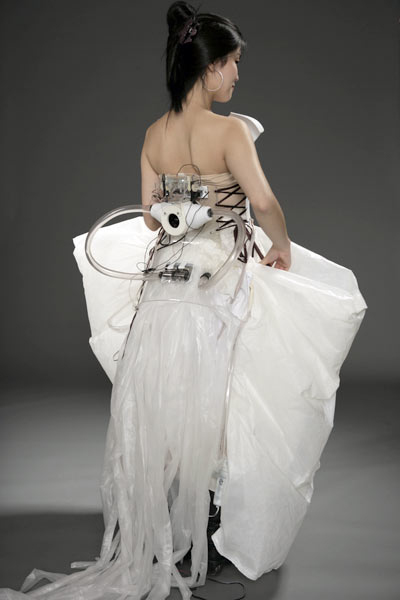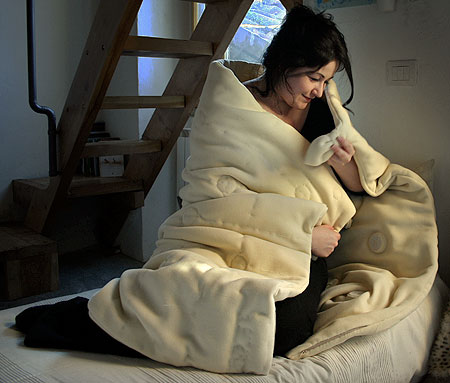Students from Montreal's McGill University have created a prototype recovery glove that encourages stroke patients who suffer the loss of hand motor skills to "relearn" how to use it through game play. The prototype is also aimed to cost relatively little to produce and allows the patients to use it at home through a video game interface. If you can get past the rather scary looking, cyborg implementation, what's interesting is the use of game mechanics (a trending topic in the tech industry) to encourage rehabilitation. I hope to see further iterations on this concept as well as a more considered wearable implementation.
More at gizmag.





